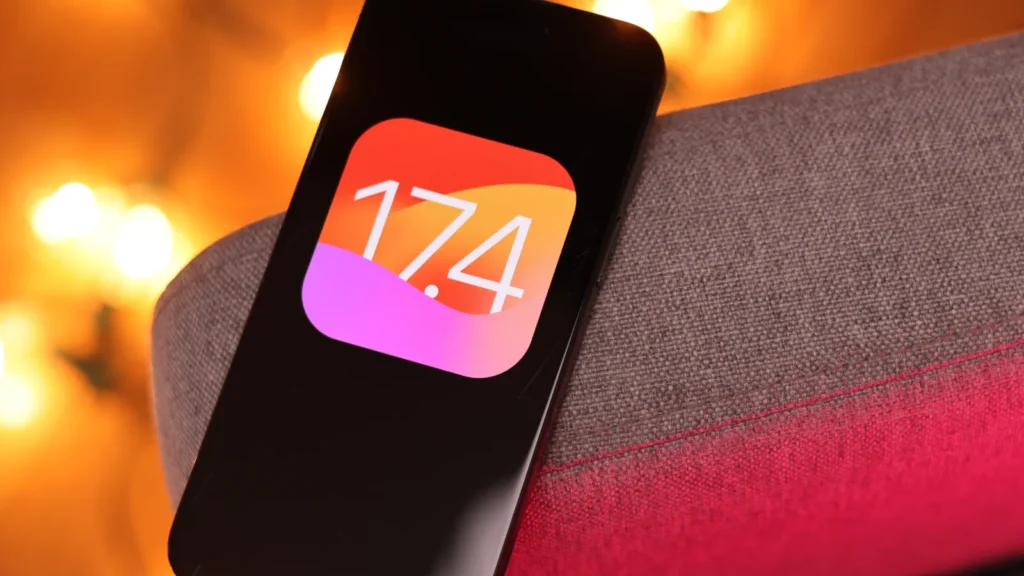Apple Revolutionizes iPhone Battery Health Visibility with iOS 17.4. Apple’s latest software update, iOS 17.4, is set to transform how iPhone users monitor the health of their device’s battery. This significant enhancement, currently in beta, aims to simplify the process of assessing battery condition, making it accessible directly from the battery settings menu. Unlike before, where users had to navigate through multiple layers within the settings to uncover their battery’s health status, iOS 17.4 offers an immediate overview upon entering the battery section.
Apple Dominates Global Smartphone Sales, Securing 7 of Top 10 Spots
With the introduction of iOS 17.4, users are greeted with a clear indicator of their battery’s condition right at the forefront of the battery settings. This update eliminates the need for additional taps to uncover the “Battery status and charge” information, instead, providing a straightforward notification such as “Normal” to indicate the absence of any issues with the battery’s condition.
Furthermore, tapping on the battery health indicator on newer models like the iPhone 15 unveils detailed information including the battery’s cycle count, production date, and the date of first use. This level of detail, previously buried in the “Settings -> General -> Info” section, is now more conveniently located, enhancing the user experience by making critical battery information readily available.
The “Battery status and charging” section remains an essential part of the battery settings, continuing to offer insights into the battery’s maximum capacity and overall performance. It also houses the “optimized charging” feature, designed to extend the battery’s lifespan by adapting the charging schedule based on the user’s habits, delaying full charges until necessary.
This update arrives alongside a comprehensive revision of Apple’s battery performance documentation, which now presents more optimistic data regarding battery wear over time. According to new findings, the iPhone 15’s battery is expected to maintain 80% of its capacity not just through 500 charge cycles, as previously stated, but through the first thousand cycles. This update reflects Apple’s ongoing efforts to improve battery longevity and user satisfaction.
iOS 17.4 also paves the way for broader system enhancements, including support for alternative app marketplaces. This move comes in response to the Digital Market Act (DMA), a European regulation set to enforce more open digital market practices starting March 6, 2024. The DMA mandates major platform operators like Apple to offer more flexibility and openness within their ecosystems, marking a significant shift in how apps and services can be distributed and accessed on iOS devices.
As iOS 17.4 rolls out to all compatible devices, users can look forward to not only improved battery health visibility but also a host of other features designed to enhance the overall iPhone experience. This update underscores Apple’s commitment to transparency and user empowerment, providing tools and information that allow users to get the most out of their devices.
The forthcoming iOS 17.4 update is a testament to Apple’s dedication to innovation and user-centric design. By making battery health information more accessible and providing clearer insights into battery performance and management options, Apple is setting a new standard for smartphone maintenance and longevity.
In summary, iOS 17.4 represents a significant leap forward in Apple’s software offerings, combining enhanced battery health visibility with broader system improvements. As Apple continues to refine its operating system, users can expect an increasingly intuitive and user-friendly experience, highlighting the company’s role as a leader in technological advancement and user satisfaction.

